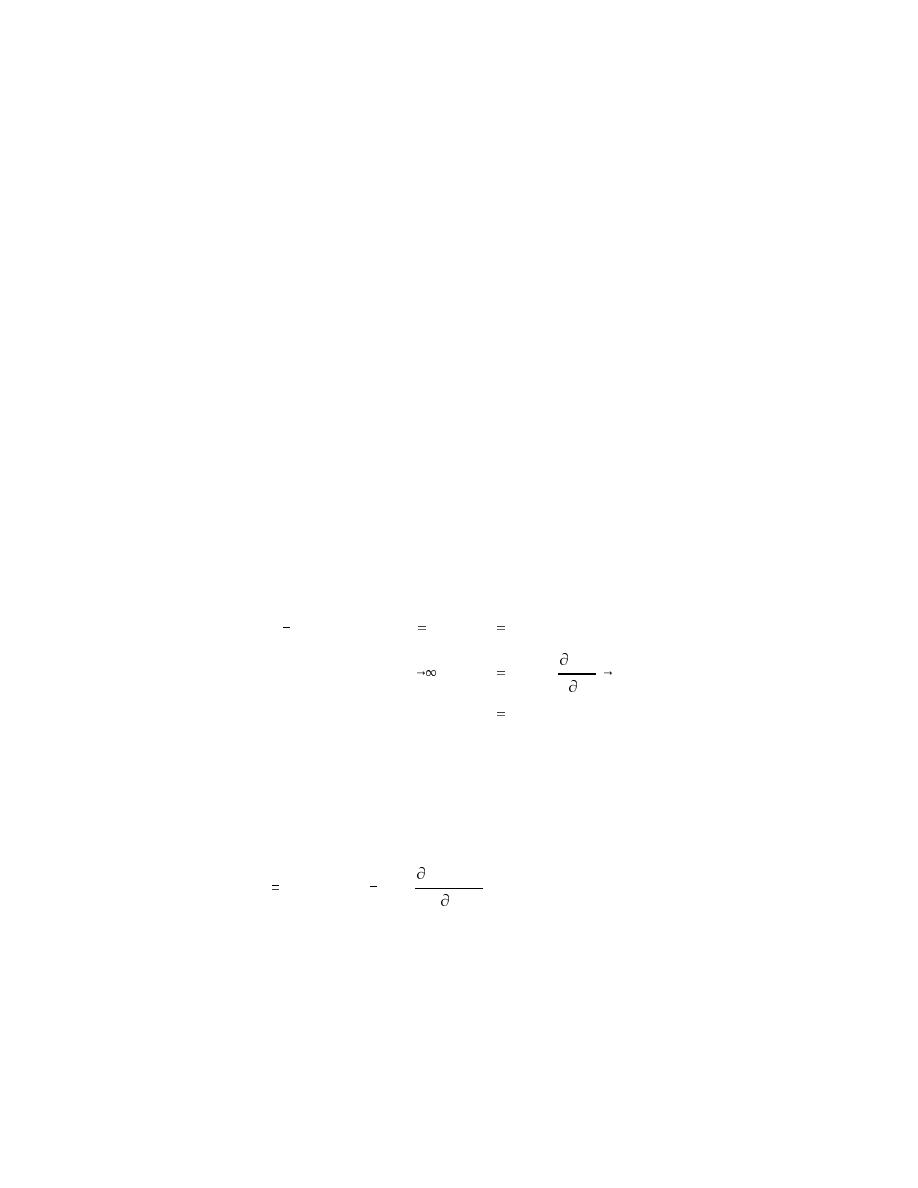 |
||
|
|
||
| |||||||||||||||
|
|
 depletion referred to here is simply accounting for the mass of contaminant lost
to the overlying water. Degradation of the contaminant is not considered.
To overcome this limitation of the preceding models, it is necessary to turn to
a numerical simulation of Equation B27. The numerical simulation should apply
Equation B27 both within the cap and in the underlying sediment assuming that
the concentrations and fluxes are continuous at the sediment water interface.
Arbitrary initial and boundary conditions could be applied. For the particular
case of an initially clean sediment cap overlying a finite layer of contaminated
sediment, the author has developed such a numerical solution. This model is
coded in FORTRAN and employs IMSL subroutines to conduct the numerical
calculations. An illustrative example using the model is presented later as is a
contact address for acquisition of the model.
Models for Uncapped Sediment
Although the primary purpose is the evaluation of contaminant concentrations
and fluxes associated with capped sediment, it is often convenient to compare
these quantities with concentrations and fluxes that would be observed in the
absence of a cap. Models similar to those above are available for uncapped con-
ditions and are especially useful for comparison purposes.
Let us consider the solution to Equation B27 subject to the uncapped boun-
dary conditions
Cw
sediment water interface (z 0)
Cpw
Cpw
C0 or
deep sediment (z
Cpw
)
0
(B35)
z
C0
initial sediment concentration
Cpw
These are the same conditions, however, as those leading to Equation B32 if the
z coordinate is directed into the sediment rather than out through the cap and if
the roles of C0 and Cw are reversed. Thus Equation B32 can be used to evaluate
concentrations in the uncapped case as well. Both the sense of U and z must be
reversed, and z = 0 now represents the sediment-water interface. Similarly, the
flux from the sediment to the overlying water is given by
Cpw(0, t)
F (0,t)
U Cpw(0, t)
Deff
(B36)
z
Similarly, finite contaminated layer models could be adapted from Equa-
tion B24. This would not be a fair basis for comparison, however, in that the
uncapped model would explicitly account for depletion of the sediment contami-
nants as a result of the loss to water while the cap version of the solution
assumes that the sediment concentration remains constant.
B17
Appendix B Model for Chemical Containment by a Cap
|
|
Privacy Statement - Press Release - Copyright Information. - Contact Us - Support Integrated Publishing |